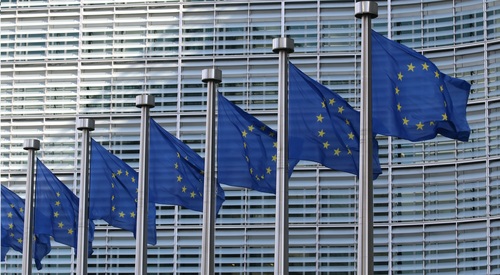As expected soon after the first economic data for the first half of 2020 were known, the Eurozone, as well as a good part of the globe, will have a very heavy bill to pay due to the pandemic of COVID-19. With a deficit of over -8% in public accounts and an astronomical 976 billion Euros this year alone, the bloc of the single currency countries will undoubtedly face multiple challenges in the coming months and years, not only on the issue of health, but mainly at the financial level, given that there are several sensitive points that were known during the sovereign debt crisis of 2011 and that have not yet been resolved, such as the over-indebtedness of the southern countries, as well as a financial sector still grappling with a mountain of toxic assets, derived from unpaid credits, mainly in Italy, where non-performing loans have never ceased to be a problem, have only been ignored, in the expectation that over time the system will self-regenerate, and the strategy will not even it was going wrong, only life is made of surprises, and an evil never comes alone.
The pandemic and its economic consequences are a duality of realities for the Eurozone, since, on the one hand, the fact that we are all in the same boat has led to a relaxation, in the short term, of aid mechanisms, on the other hand, countries that they entered the crisis with difficulties they will have a medium-long future with little laugh, not only will they be extremely indebted, but their economies will be even less prepared to face global competition in a scenario of an increasingly technological economy, in front of where other potentials are better prepared, such as the USA, Japan and very quickly China.


This means that in the long term and when the urgency and mismanagement caused by this disruptive event fades, the Eurozone will probably have its biggest challenge since its creation, taking into account that the rabbit in the top hat that is the central banks are walking buying debt from the countries themselves, on behalf of the ECB, is not at all sustainable, falling under the motto of “too big to fall”, only that it does not exist, it is just a matter of time and the higher, the greater the fall.
To sum up, and despite the fact that the world is grappling with the economic weight of the pandemic, the Eurozone will be a problematic case to solve, with the old divisions coming to the fore, which will jeopardize the value of the single currency, or even the existence of the European monetary project, and hence, despite the fact that the USA is printing money at an even faster pace, the largest economy in the world does not yet have the burden of unsustainable debt, although they are moving in that direction, but above all they have an economy much more flexible and adapted to new realities, in addition to the fact that despite the party skirmishes, such as the question of the recent stimulus package, Democrats and Republicans, they do not make plea when the time is serious and unite to resolve the problems, as seen during the 2008 crisis and just in the weeks after the pandemic broke out.













